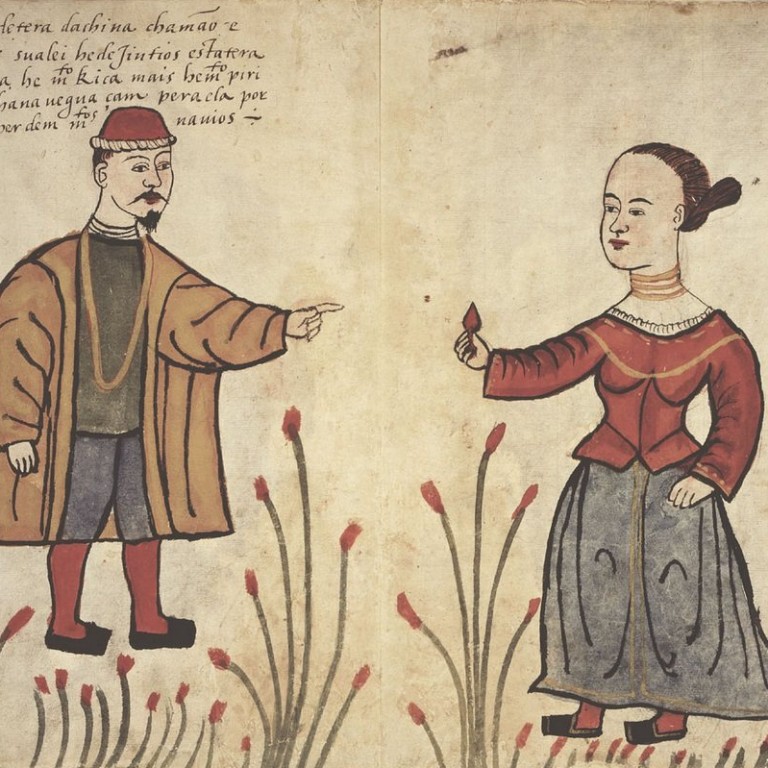
Languages spoken in Macau, from Portuguese and Cantonese through Macanese patois and pidgin English … and now back to Portuguese
- Macau has a colourful linguistic history. A Macanese patois developed as descendants of Portuguese settlers took brides from other Portuguese colonies in Asia
- Pidgin English, a mix of Portuguese, Cantonese, Malay, Hindi and Scandinavian languages, was used for trade. Now a revival in use of Portuguese may come
The draw of contemporary Macau may lie in riding a gondola at The Venetian Macao. Already in the 5th century, however, merchant ships travelling between Southeast Asia and Guangzhou would stop at Macau for refuge and supplies.
It was during the Ming dynasty (1368-1644) that Guangdong and Fujian fisherfolk migrated there, and developed it as a trading centre for the southern provinces. It was only with the arrival of Portuguese in the 16th century that Macau became established as a major settlement and trading post – and cross-cultural hotspot.
With authorities limiting exchanges to commercial transactions and discouraging foreigners from learning Chinese, however, language contact outcomes were particular.
Early communication between Chinese and Portuguese traders in the Pearl River Delta relied on the latter’s language – phrase books from Macau have Portuguese phrases represented in Chinese characters.

Over the centuries, shifting demographics led to Macanese developing a stronger Cantonese influence, because of marriages to Chinese women from Macau and its hinterland, as well as an increased English lexicon because of the 19th century British occupation of Hong Kong.
That’s cool! Pukka is a word with multiple meanings and roots in the Raj
While early CPE showed a strong Portuguese influence, Cantonese was the main substrate language, with lexical items from Malay, Hindi, and Scandinavian languages demonstrating the various cultures in the trade ecology.
The word “pidgin” is, in fact, a legacy of CPE, believed to have originated as a Cantonese pronunciation of English “business” – replacing the “z” sound with a “dg” sound, and clipping the final syllable – reflecting how CPE was principally used for commerce.

In a modern ecology, Macanese is actively spoken only by a few of the older generation in Macau, Hong Kong and the diaspora, while CPE is effectively extinct. Cantonese and Portuguese persist as Macau’s two official languages, although 90 per cent of the population are Cantonese-speaking Chinese, and only 2 per cent are Portuguese speakers.

